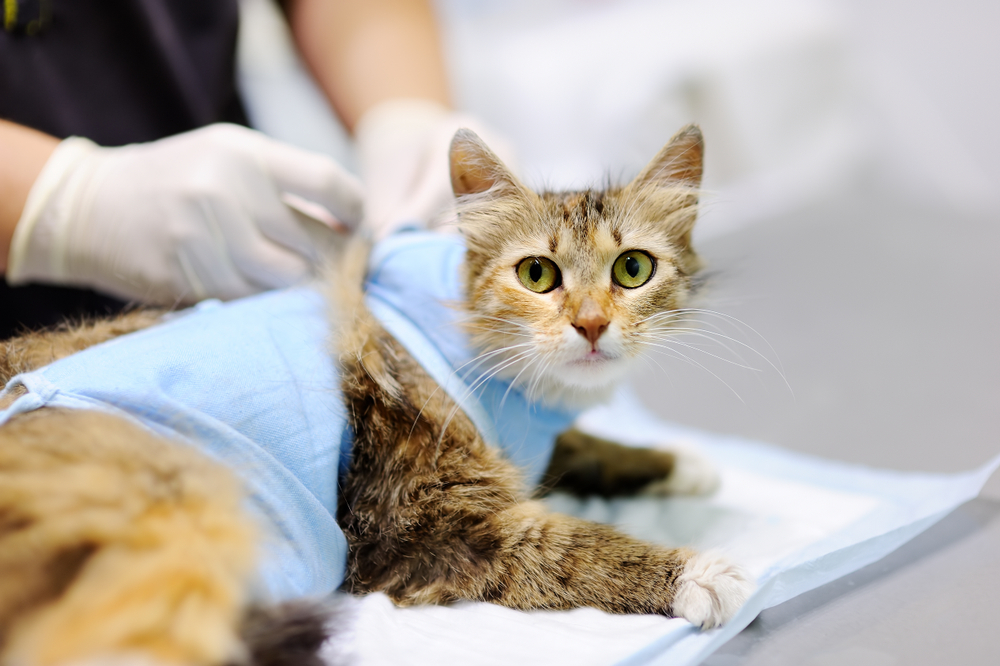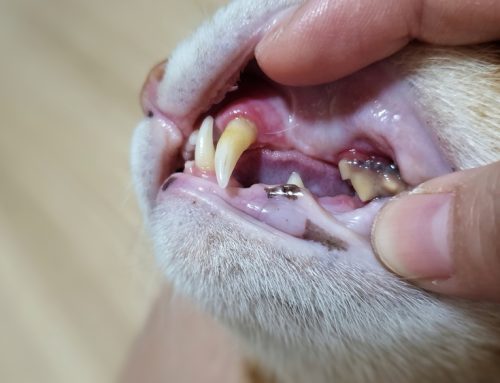As a pet owner, you naturally want what’s best for your furry companions, including making the right decisions regarding their reproductive health. Given recent changes surrounding the recommended ages for spaying and neutering, you may find that choosing the best option for your pet is daunting. While research in this field is constantly evolving, we guide you through some common questions to help you navigate this important decision.
What is involved in a spay or neuter surgery?
A spay or neuter surgery involves removing certain organs to achieve reproductive sterilization. In females, this typically involves taking out the ovaries and uterus, while in males, the testicles are removed. Alternative surgeries that remove only the ovaries (i.e., ovariectomy) or leave the testicles intact (i.e., vasectomy) are performed, but these specialized procedures are usually reserved for pets with specific needs, or per the owner’s request. Pets must be anesthetized during their spay or neuter surgery, and our veterinary team takes all the necessary precautions before the procedure, to ensure your pet is healthy enough for general anesthesia.
Why are spaying and neutering so important?
“Fixing” your pet offers numerous benefits to their health and your community. When you choose to spay or neuter your pet, you eliminate their chance of unwanted puppy and kitten litters, which not only alleviates your financial or time constraints, but keeps your pet from contributing to the pet overpopulation problem. With overcrowded animal shelters and millions of dogs and cats needlessly euthanized every year, spaying and neutering your pets is the responsible thing to do. Also, intact dogs and cats are known to have higher rates of certain diseases, such as pyometra (i.e., uterine infection), mammary cancer, and perineal problems. In addition, spaying and neutering will likely minimize unpleasant behaviors, such as aggression, mounting, and marking.
Why does age matter for spaying and neutering pets?
Dogs and cats become sexually mature quite early in life—some as early as 4 months old. For this reason, spaying or neutering pets has generally been recommended by or around 6 months of age, before the pet can reproduce, but is mature and resilient enough to undergo general anesthesia and a major surgical procedure. While this spay and neuter timeline is still considered safe, current research suggests a correlation between the age of sterilization surgery and other conditions later in life, such as obesity, endocrine disorders, orthopedic problems, and urinary incontinence. While this research is still developing, data show that pets should receive individualized spay or neuter recommendations based on their species, gender, breed, and other genetic factors—not simply age.
When should I spay my cat?
The current recommendation for cats, as endorsed by the American Veterinary Medical Association (AVMA), is to “fix by five,” or spay or neuter by 5 months of age. Since female cats can begin their heat cycles early in life, and early spaying greatly reduces their risk of cancerous mammary tumors, sterilization is still advised in these juvenile pets. The same goes for male cats, who can quickly develop undesirable behaviors (e.g., urine spraying, roaming) if left intact. Current research does not correlate early sterilization with a growth impediment or other health contradictions in cats.
When should I spay my dog?

Canine sterilization recommendations are still developing, and currently no single age is considered appropriate for all dogs. In general, small-breed dogs should continue to follow traditional guidelines of spaying or neutering around 6 months of age, or before the initial heat cycle. Recent research involving large-breed male dogs (i.e., those who will be 45 pounds or larger at their adult body weight) indicates they should not be neutered until growth stops (i.e., between 9 and 15 months of age). The decision when to spay large-breed female dogs should depend on a variety of factors, including breed, disease risk, lifestyle, and other hereditary factors. Because continuing to battling the pet overpopulation problem is so important, juvenile sterilization is routinely performed at animal shelters.
At El Paso Animal Hospital, we want what’s best for your pet—as you do. We know the decision to spay or neuter your furry friend is an important one, and we are here to guide you every step of the way. Contact us and set up a consultation, so we can develop a plan best suited for your individual dog or cat. For more information regarding sterilization recommendations in pets, visit the AVMA website.







Leave A Comment